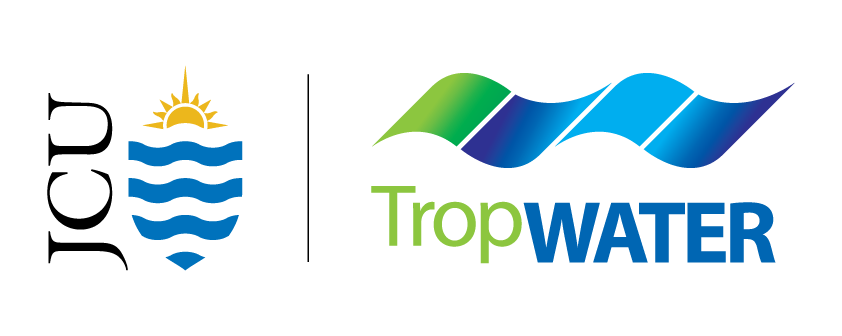Sediment hotspots: Improving confidence in our catchment models
- Tropwater JCU
- Jul 5, 2023
- 2 min read
Updated: Dec 3, 2024
New research suggests that the effectiveness of water quality catchment models – used to identify sediment hotspots in Great Barrier Reef catchments – can be enhanced by incorporating river sediment tracing and independent water samples.
Led by James Cook University TropWATER, in collaboration with CSIRO, Queensland Department of Environment and Science, and Griffith University, the research highlights how multiple lines of evidence are critical in improving confidence in model outputs for both policymakers and managers.
Lead author TropWATER’s Dr. Zoe Bainbridge said that while the spatial model has been continually refined over the past two decades, local field data from the catchment helps to validate the model and accurately identify sediment hotspots.
Using this integrated approach, the four-year study identified the Little Bowen River, Rosella, and Pelican Creeks as the largest sources of sediment in the Bowen River catchment. The finding contradicted early estimates of the model, highlighting the importance of using multiple lines of evidence when identifying sediment hotspots.
“There are significant investment opportunities to target remediation at eroding gully and riverbank sites to reduce sediment run-off,” Dr. Bainbridge said.
“By adopting this multiple lines of evidence approach, landholders and managers can have confidence that remediation sites chosen are going to result in the best investment outcomes and improved water quality for downstream wetlands, seagrass, and coral reefs.”
The landholder monitoring, a collaboration between North Queensland Dry Tropics, landholders, and TropWATER scientists, will continue this wet season. These additional samples, capturing catchment runoff during different size flow events, will provide further confidence in the field data.
The research was carried out in the Bowen-Broken-Bogie tributaries of the Burdekin River catchment, which has been identified as a major contributor of fine sediments to the Great Barrier Reef lagoon.
The study is part of the Landholders Driving Change (LDC) project managed by the NQ Dry Tropics Natural Resource Management body, funded through the Queensland Government (Major Integrated Project) and the partnership between the Australian Government’s Reef Trust and Great Barrier Reef Foundation.
This research was published in Science of The Total Environment under a CSIRO-JCU Catchment Water Quality Science Partnership and an Advance Queensland Research Fellowship.


